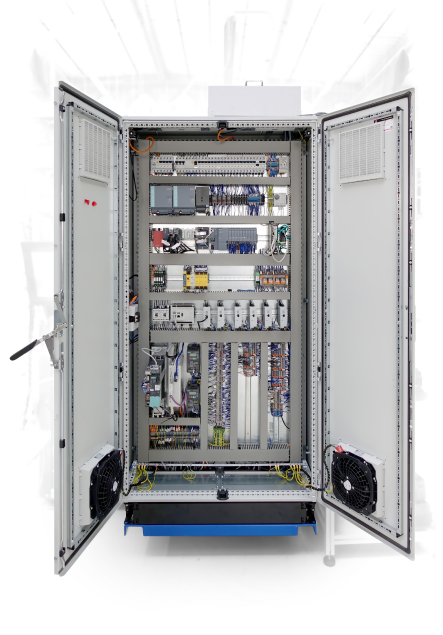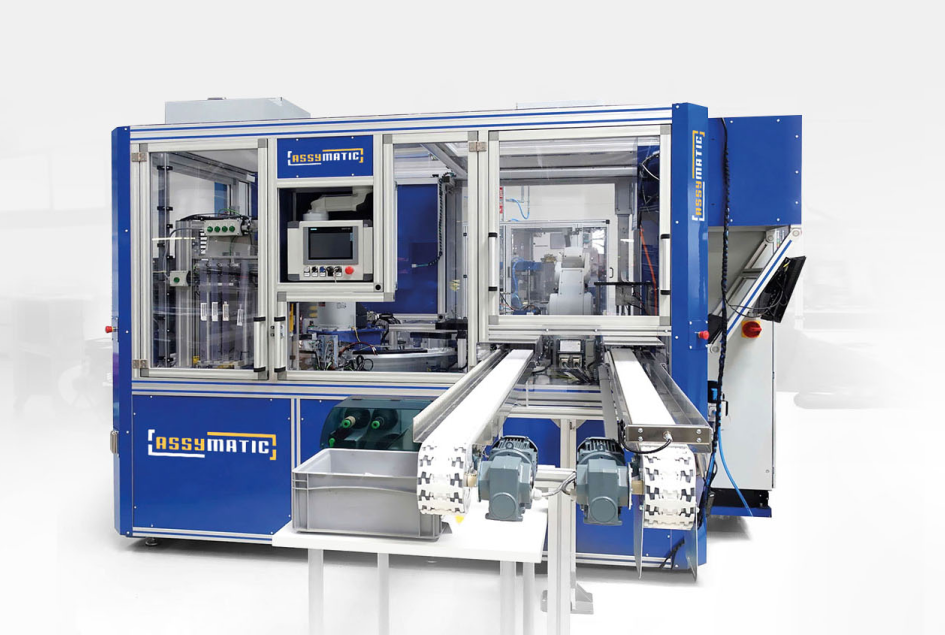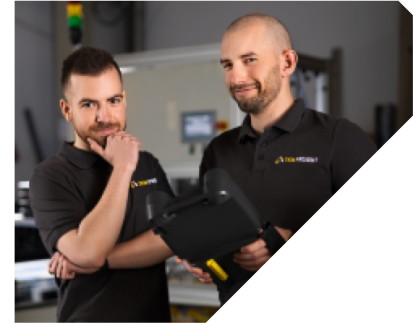About the project
A valued German company specializing in the production of plastic car elements faced the challenge of increasing the efficiency and reducing the unit costs of the process of installing clips in a plastic car element. The client wanted to optimize production costs while increasing the repeatability of processes and their precision, which translates into higher final quality of products.
After analyzing the client’s needs and challenges, TKM Projekt proposed a robotic assembly cell from the ASSYMATIC series.










